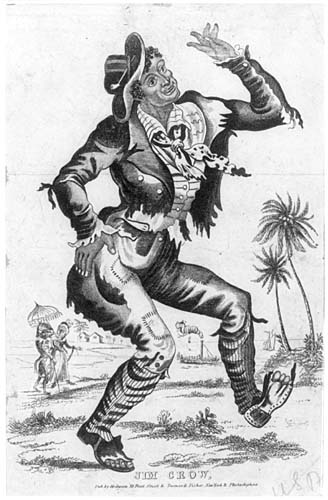Venue Type & Location
Multi-use
Overview
Beth Marquis
Troupes at Waterloo Place
| Film | Affiliated people | Film Type | # of event(s) |
|---|---|---|---|
| Catlin & Museum/Lecture Troupe | Exhibition | Definite Catlin & Museum/Lecture Troupe |
Events at Waterloo Place
| Event | Date | Venue Location | Film |
|---|---|---|---|
| Exhibition | - | London, London (city-county) | Catlin & Museum/Lecture Troupe |
| Exhibition | - | London, London (city-county) | Catlin & Museum/Lecture Troupe |
Bibliographic Sources
- London: Jones & Co., 1828
”WATERLOO PLACE. This grand opening is formed by the removal of sundry old dismal looking houses on the north side of Pall Mall, opposite the late Carlton house; and consists of two sides of a large square, or piazza open to Pall Mall, and the new opening into St James's Park. The third or north side is perforated in the centre by Regent Street, to which Waterloo Place forms a capacious opening, like that of a fine estuary opening from the sea, and forming the mouth of a great river.
The east and west sides of Waterloo Place, are similar in design and elevation. They consist of a centre formed by an Ionic portico raised on a basement which forms the entrance story, and two flanks of Ionic pilasters corresponding with the columns, and raised on a similar basement. On the top of the entablature is raised an attic order, perforated by the windows of the upper story.
The north side is similar in height, and consists of an Ionic tetrastyle portico, projecting from the plain flanks of the first row of buildings up Regent Street. These porticoes are crowned by a blocking course and balustrades between solid pedestals over each column. The ground story of these pavilion-like buildings are perforated by three windows, under the intercolumniations of the order above it, decorated with architraves to the sides and entablatures over the lintels.
The line of the principal story, is here well marked by a broad and very effective string course, on which the order of architecture that gives character to the design, and which embraces the entire height of the principal and two pair stories, is elevated. The upper stories of this edifice are in the roof, and lighted by the balusters.
[…] Waterloo Place, and this portion of Regent Street, which is immediately attached to it, embrace all the beauties and all the defects of Mr. Nash, their ingenious architect's style. Grand and effective as a whole, rich in composition and mind, but sadly defective in elegance and correctness of detail. It is a reformed Italian, but still below Grecian purity” (121-2).

